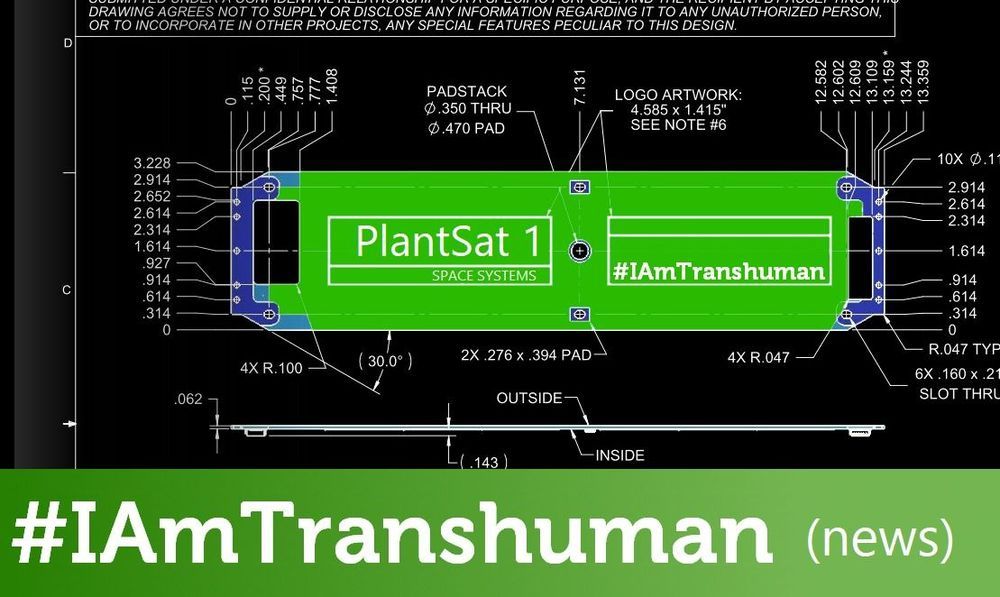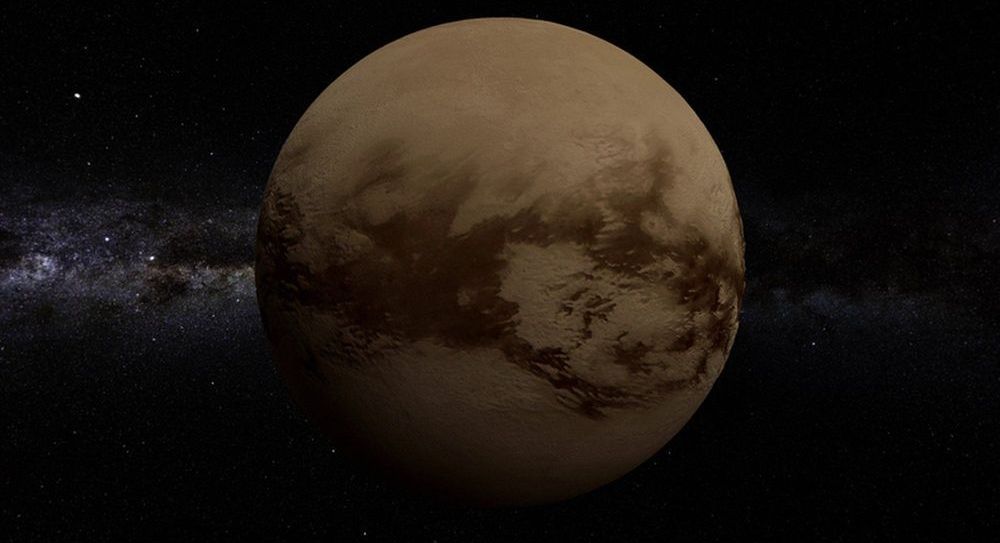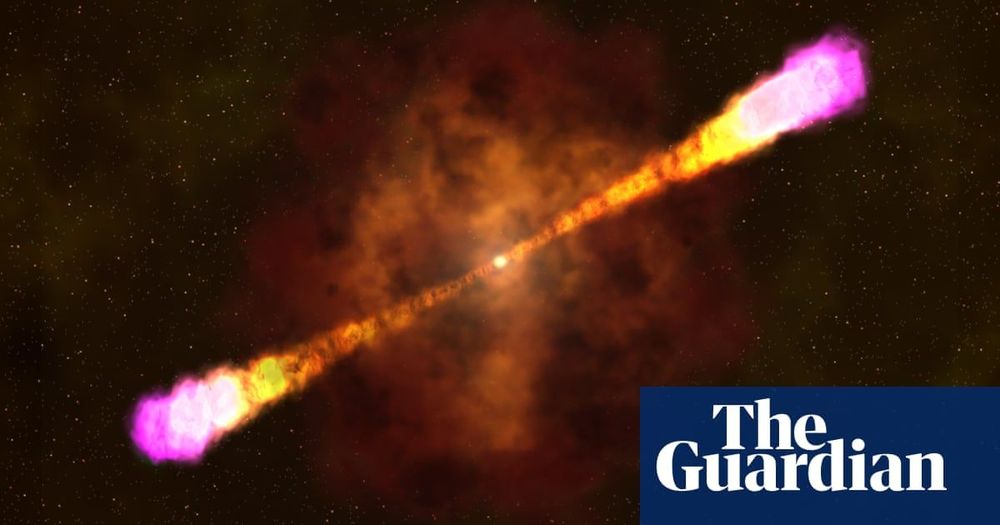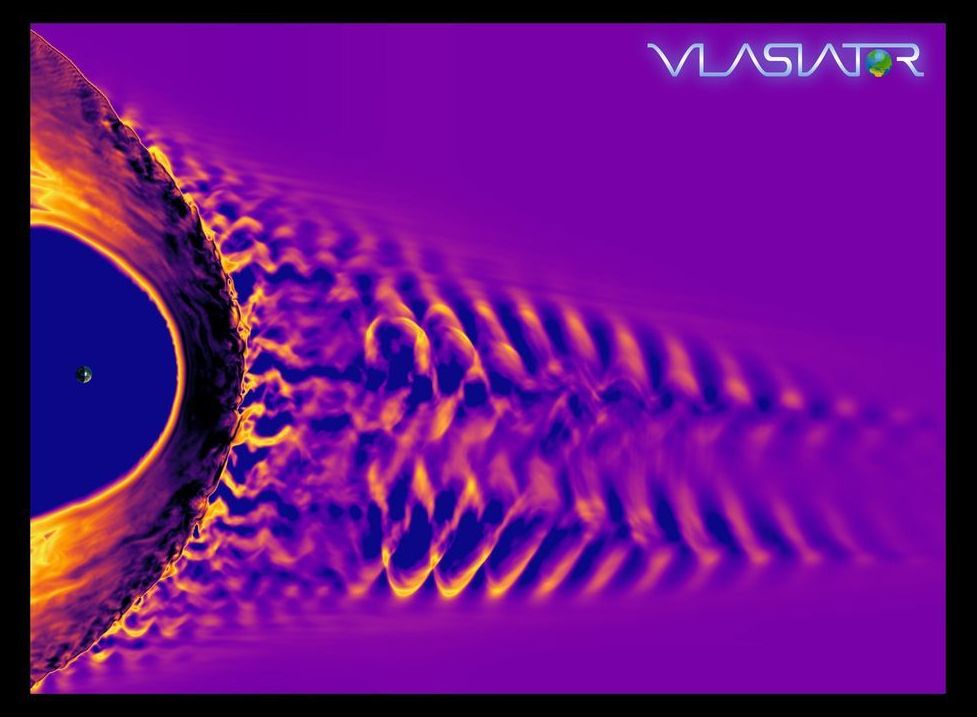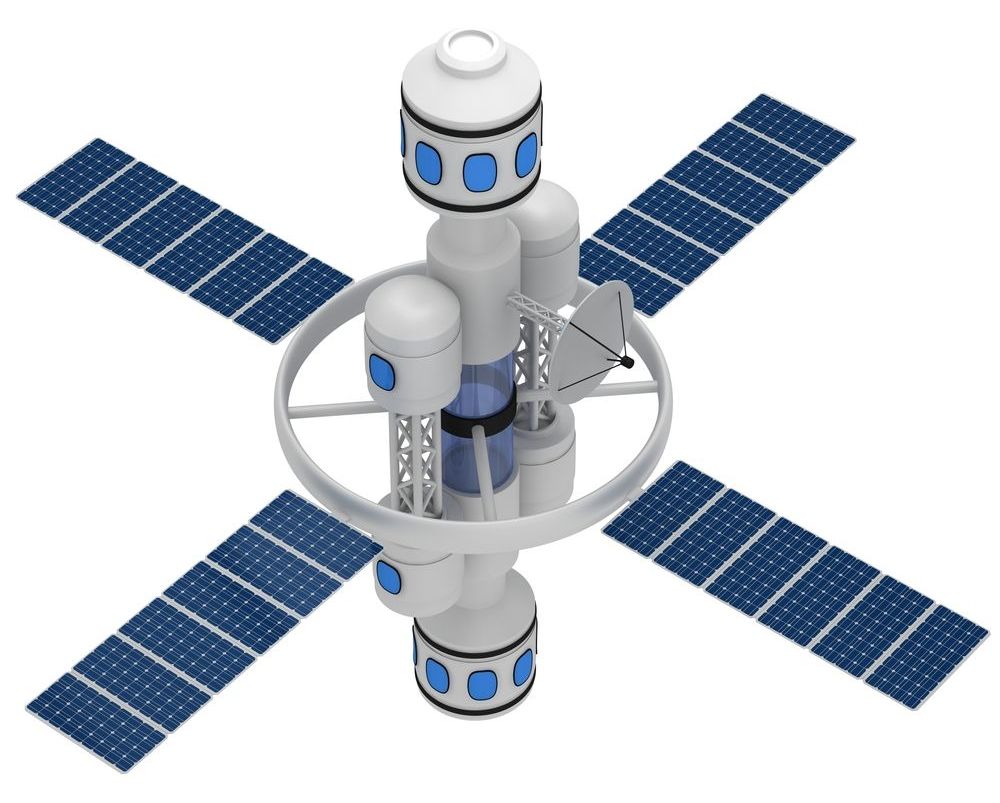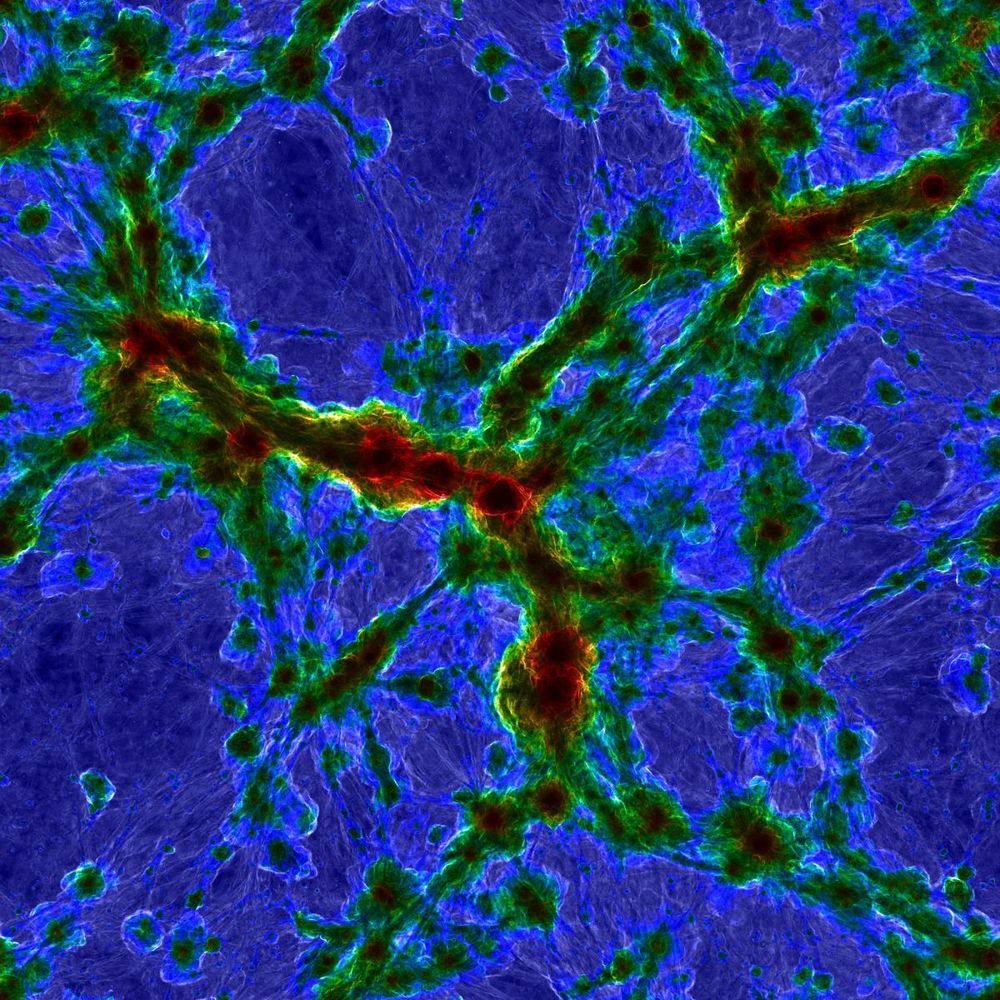#IAmTranshuman is heading into space onboard PlantSat 1, a project worked on in part at the Transhuman House.
The IAmTranshuman (ist) web site is about the stories of transhumanists, from professors to artists and everything in between from all walks of life. IAmTranshuman is about helping humanity grow and be more then what we were through the responsible use of technology.
